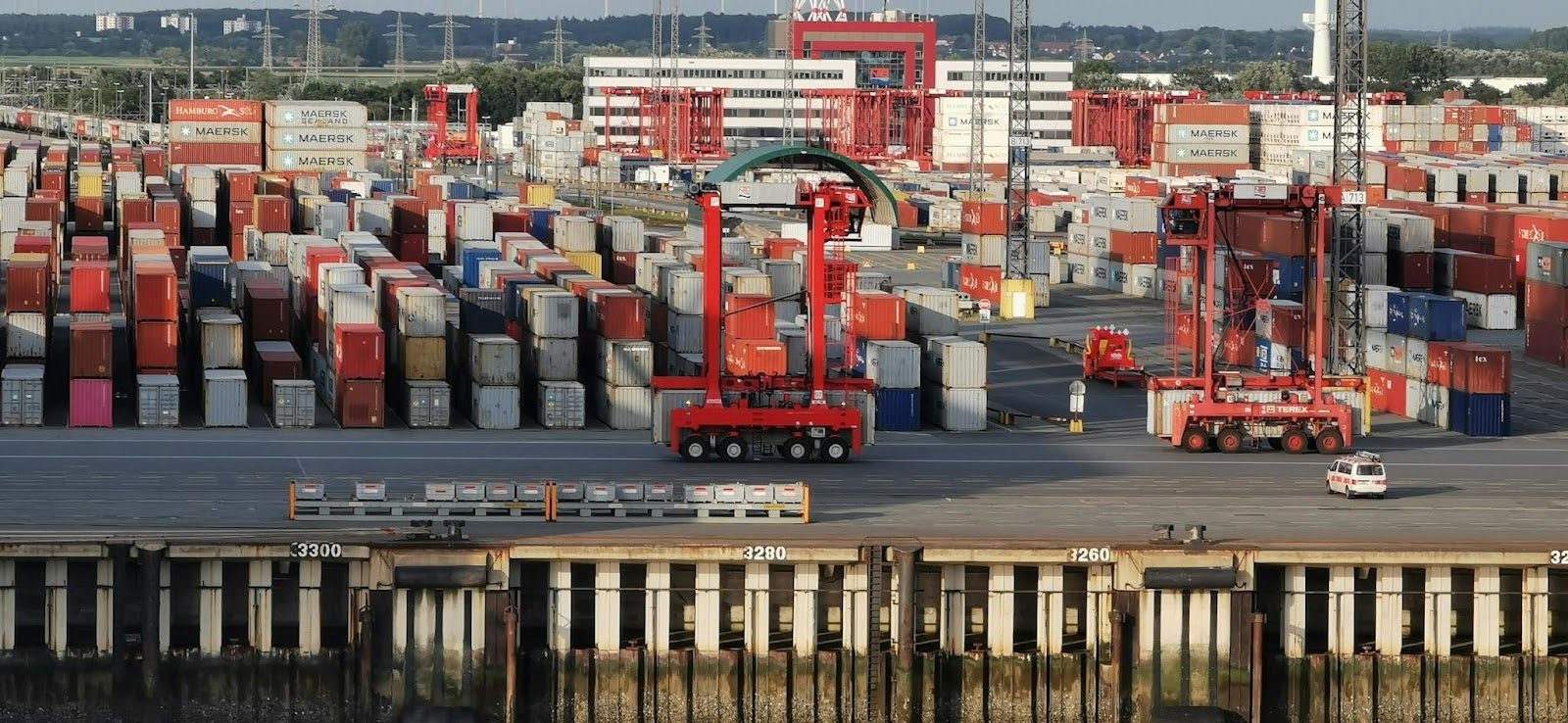Overcoming Common Customs Challenges When Shipping to Europe
The customs stage is one of the most challenging in parcel shipping, as there are plenty of features and nuances to keep in mind. To make the process smooth and seamless, consider finding an experienced the right shipping carrier, like this one here us.meest.com, and benefit from timely and hassle-free deliveries. However, sometimes challenges are undeniable, as some delivery aspects can go wrong. To be ready to deal with them effectively, let’s take a closer look at possible challenges.
Understanding Customs Duties and Taxes
Taxes are applied to all the goods that enter the country. The percentage of those taxes differs by country and product type. In the case of the EU, a Common External Tariff is applied, and you will have to pay it whenever you ship anything to an EU country.
Another thing to keep in mind is VAT. It often ranges from 17% to 27%, and its calculations are based on the customs value and import duties. Generally, businesses that import goods include them in the prices for the end customers. Moreover, every imported product is assigned a Harmonized System (HS) code, which also influences the tax percentage.
Even though customs duties and taxes are inevitable, there are several ways to ensure that the taxes you pay are on the lower side, namely:
- some countries have a duty-free threshold that allows importers to avoid VAT payments, so keep this in mind when choosing products that you plan to ship to Europe;
- use correct HS codes to avoid overpaying and delays;
- take advantage of VAT recovery programs offered in some countries.
Given this, ensure you have studied well the customs rules in the destination country in Europe. This would allow you to reduce tax payments, make deliveries more efficient, and avoid unnecessary delays.
Proper Documentation and Compliance
No international shipment is possible without proper documentation and compliance. To avoid shipment holds, extra fees, or even rejected deliveries, ensure that your parcel complies with international trade regulations. Otherways, it might impact your business significantly.
The common required documents that should be filled in correctly are as follows:
- a commercial invoice with lists of product details, value, and seller/buyer information;
- a packing list that specifies package contents, dimensions, and weight;
- a certificate of origin that confirms where the goods were manufactured — this affects duty rates;
- a bill of lading that is a kind of contract between the shipper and the carrier;
- a declaration that provides details for import/export clearance.
Make sure to provide accurately filled-in documentation to the delivery company and double-check if no requested documents are missing. This ensures a smooth and hassle-free delivery.
Restricted and Regulated Goods
There are certain categories of goods that are restricted for import in many European countries or require special permits or specific packaging. Before handling your parcels to the delivery company, make sure that the products that need shipment do not violate any current rules about restricted or regulated goods.
One way to check this is to go to the customs website in the destination country and look through the general rules and requirements. Alternatively, you can consult a logistics provider about this. For example, Meest-America has an essential requirements list on its website for each country where it provides shipments. This would save your time and ensure a successful transition through customs in the destination country.
Handling Customs Delays
Delays are among the main challenges faced during international shipment. Those are frequently caused by such factors as incomplete or incorrect documentation, missing invoices, incorrect HS codes, or inaccurate declarations.
Foreseeing all those issues might minimize the risk of delays, so it is always worth consulting experts to ensure accurate labeling and classification and proper packaging. Businesses might also consider hiring a broker who can:
- help to navigate complex regulations and ensure compliance;
- liaise with customs officials to resolve issues quickly;
- identify potential red flags before shipments reach customs.
When you choose a reliable shipping company, it definitely has a broker on site to minimize potential delivery issues and delays.
Cost-Effective Strategies for Smooth Customs Clearance
Given all the challenges you might face on the shipping stage, it becomes obvious that choosing reliable carriers that specialize in international shipping is key. They can ensure compliance with import regulations and reduce delays. Consider negotiating better terms with suppliers and logistics partners. This helps to optimize costs and secure bulk shipping discounts. Also, combine strategic logistics partnerships and regional fulfillment networks for issue-free delivery of your goods.
Summary
To sum up, international shipping is a complex process full of challenges. They should be faced with proper attention and knowledge to avoid delays and fines. Knowing effective strategies on how to avoid those challenges, as well as referring to an expert for help and guidance, might help you minimize issues and have a smooth shipping process from the US to Europe.

Leave a Reply